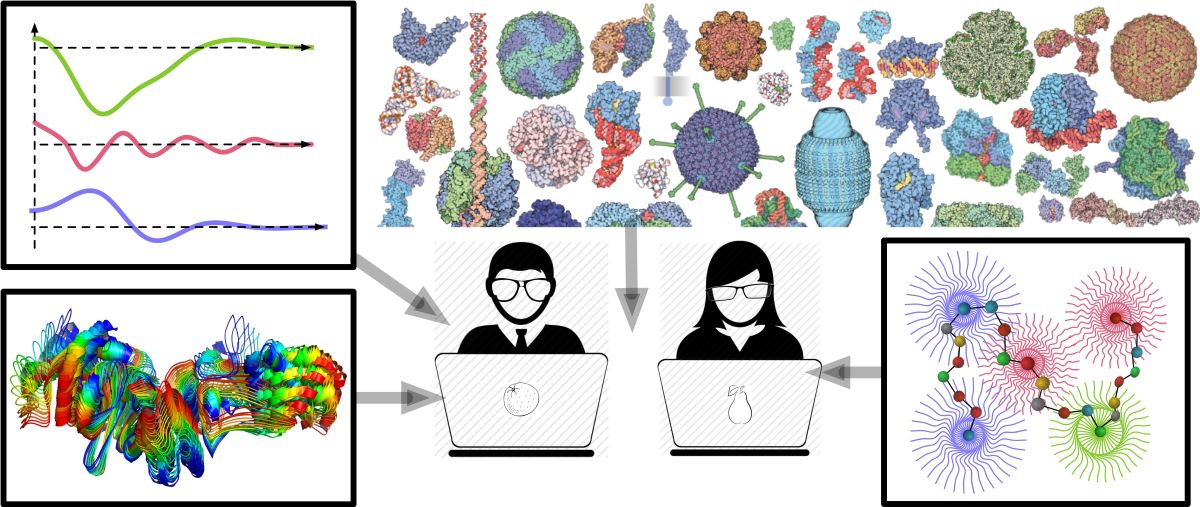Speaker
Description
Over the past five years, structural biology has undergone a significant progress. The Nobel Prize in Chemistry awarded in 2017 to the developers of cryo-electron microscopy (cryo-EM) marked a milestone, and the rapid progress and widespread adoption of this technique have demonstrated that the precise structural analysis of biomacromolecules is not limited to crystallography or solution nuclear magnetic resonance (NMR). Furthermore, the public release of AlphaFold2 in 2021 has enabled high-accuracy structural predictions using computational methods. Each method has its imperfections, and choosing the appropriate one for the purpose is essential. Moreover, the increase in options is giving rise to the potential for combining options—a concept we refer to as "Integrated Structural Biology," which is opening new avenues for exploring complex structures and phenomena that were previously inaccessible.
One of the targets of research in Integrated Structural Biology is the "dynamics" of biomacromolecules. To advance this study, we believe that incorporating a collaborative analysis of X-ray/neutron solution scattering and computational analysis is valuable. Solution scattering allows the observation of biomacromolecules in solution, providing information on unfixed, moving biomacromolecules. However, this information is the temporal and ensemble average of all biomacromolecules in the solution, making analysis challenging. Therefore, it is crucial to use molecular dynamics (MD) simulations to analyze the motion of a single molecule from the scattering data. Furthermore, using detailed structural data obtained from cryo-EM and X-ray crystallography as the initial structures in MD simulations can lead to the elucidation of detailed structural fluctuations and dynamics.
In this presentation, I will introduce two recent examples of our integrated analysis:
1. Integrated analysis of a huge protein complex (24-mer), where full-length analysis was impossible with cryo-EM alone. The analysis combined cryo-EM, X-ray Crystallography, X-ray/Neutron small-angle scattering, computational modeling, and MD simulations.
2. Integration of dynamics analysis using cryo-EM multi-imaging and structural distribution analysis using solution scattering and coarse-grained MD simulation, revealing detailed dynamics of biomacromolecules.
The presentation will demonstrate how Integrated Analysis contributes to gaining insights into dynamic fluctuations of biomolecules in detail.
| Submitting to: | Integrative Computational Biology workshop |
|---|

